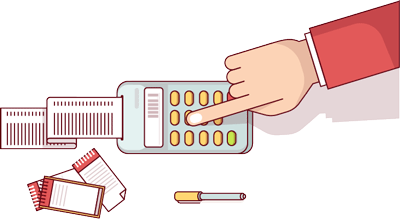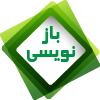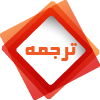روانسجی ابزار حکمرانی خوب
حكمراني خوب به عنوان مفهومی تازه جهت کاهش فقر و توسعه ، توسط سازمان های جهانی از دهه ی 1980 وارد ادبیات توسعه شده و عبارت است از نظامي از ارزشها، سياستها و نهادها كه جامعه به وسيلة ان، اقتصاد، سياست و مسائل اجتماعي خود را از طريق سه بخش دولتی، خصوصي و مدني مديريت ميكند(1). اين مفهوم براين اصل بنيادي استوار است كه حكومت ها به جاي آن ¬كه به تنهايي مسئوليت كامل اداره جامعه را به عهده گیرند، بهتر است در كنار شهروندان، بخش خصوصي و نهادهاي مردمي، انجام وظیفه کنند ( 2،3). با ورود شهروندان به عرصه تصميم¬گيري و سياست¬گذاري، جريان اداره كشور از يك نظام اقتدارگرا به مردم سالار ومشارکتی تبدیل خواهد شد(4).
در واقع موضوع حكمراني خوب با هدف دستيابي کشور های کم درآمد و در حال توسعه به توسعة انساني پايدار مطرح شده است كه در ان بر كاهش فقر، ايجاد شغل و رفاه پايدار، حفاظت و تجديد حيات محيطزيست و رشد و توسعة زنان تأكيد شده است(2،5) و مطالعات مختلف نیز به تاثیر ابعاد حکمرانی خوب بر توسعه انسانی، بهبود وضعیت اقتصادی کشورها ،کاهش مرگ¬ومیر کودکان و افزایش امید به زندگی اشاره کرده اند و در آنها بر نقش انسان سالم در رسیدن به اهداف رشد و توسعه در این کشور ها تاکید شده است (6،7،8،9،10). بنابراین برای ارزیابی حکمرانی خوب در سطح جهانی بانک جهانی شش بُعد (شامل حق اظهارنظر و پاسخ¬گویی، کارآمدی حکومت، کیفیت قانون¬گذاری، کنترل فساد، حاکمیت قانون، پایداری سیاسی و نبود خشونت) را شناسایی کرده است و بر اساس آن سالانه به حکمرانی خوب دربخش های مختلف حکومتی کشور های جهان امتیاز میدهد (8) نهادهایی نظیر بنیاد موابراهیم ، مؤسسه بانک جهانی، موسسه توسعه برون مرزی و ارزیابی حکمرانی جهانی و سازمان ملل متحد نیز عوامل حکمرانی خوب را تدوین کرده اند (11) .
Validation of good governance tool
Good governance is a new concept aimed at attenuating poverty and promoting development. It was introduced by the international bodies in the 1980s and refers to a system of values, policies, and institutes used by a society to manage its economy, policy, and social matters by the public, private, and civil sectors [1]. The concept is based on the fundamental principle that recommends instead of managing the society single handedly, governments are better off cooperating with citizens, private sectors, and public institutes [2, 3]. By allowing citizens to enter into the areas of decision and policy making, the governance process moves from a totalitarian system toward a democratic and participatory system [4].
In fact, the concept of good governance is aimed at helping the developing countries with low income to achieve sustainable human development. Fighting poverty, creating job and sustainable welfare, preserving and renewing life and environment, and empowering women are emphasized in this concept [2, 5]. Several studies have pointed out the effect of different aspects of good governance on human development, economic development of nations, lower mortality rate among children, and higher in life expectancy. In this regard, the role of healthy individuals in achieving the objectives of development and growth in the developing countries is emphasized [6-10]. To assess good governance at global scale, the World Bank introduced six aspects (right to express opinion and responsiveness, efficiency of governance, quality of legislation, corruption control, rule of law, political stability, and absence of violence). Based on these aspects, states are ranked based on good governance practices [8]. Institutions like Mo Ibrahim Foundation (Ibrahim Index of African Governance), the World Bank, Overseas Development Institute (World Governance Assessment – WGA), and the United Nation (UN) try to codify the factors of good governance [11].
ادامه مطلب

















نظرات و سوالات:
نظرات و پرسشهای قبلی